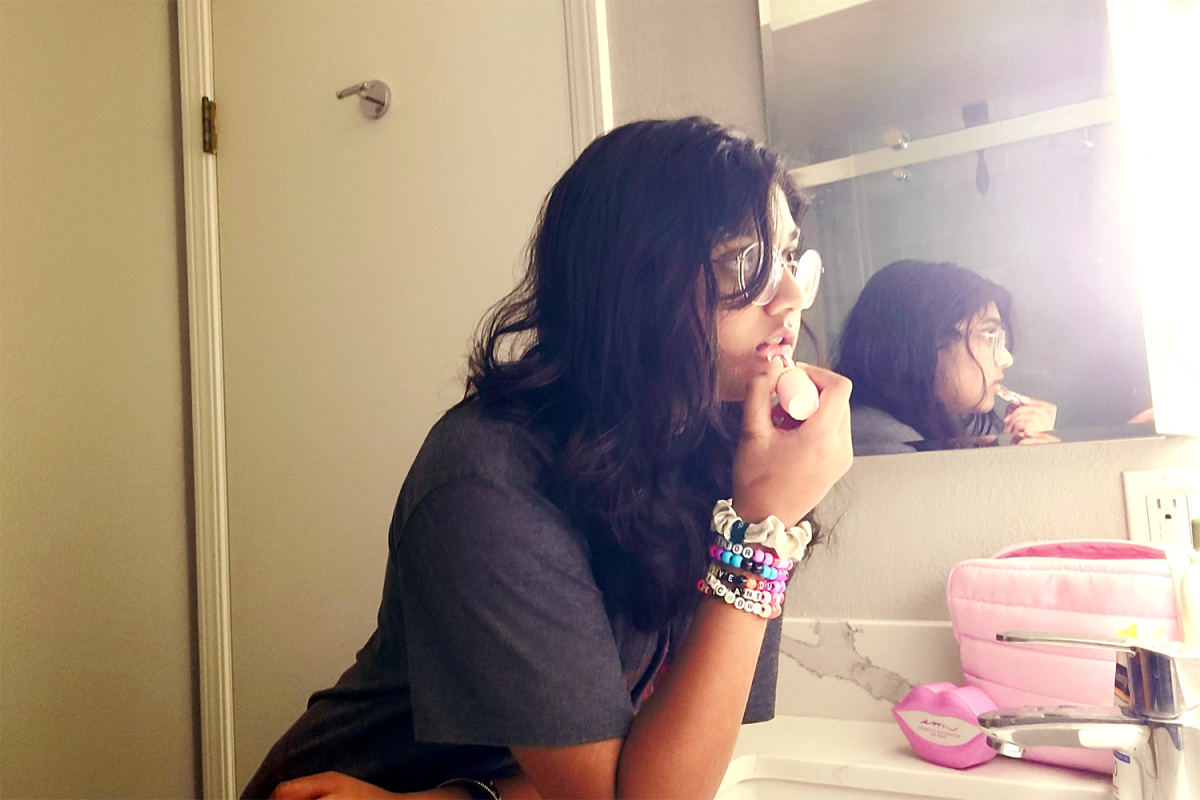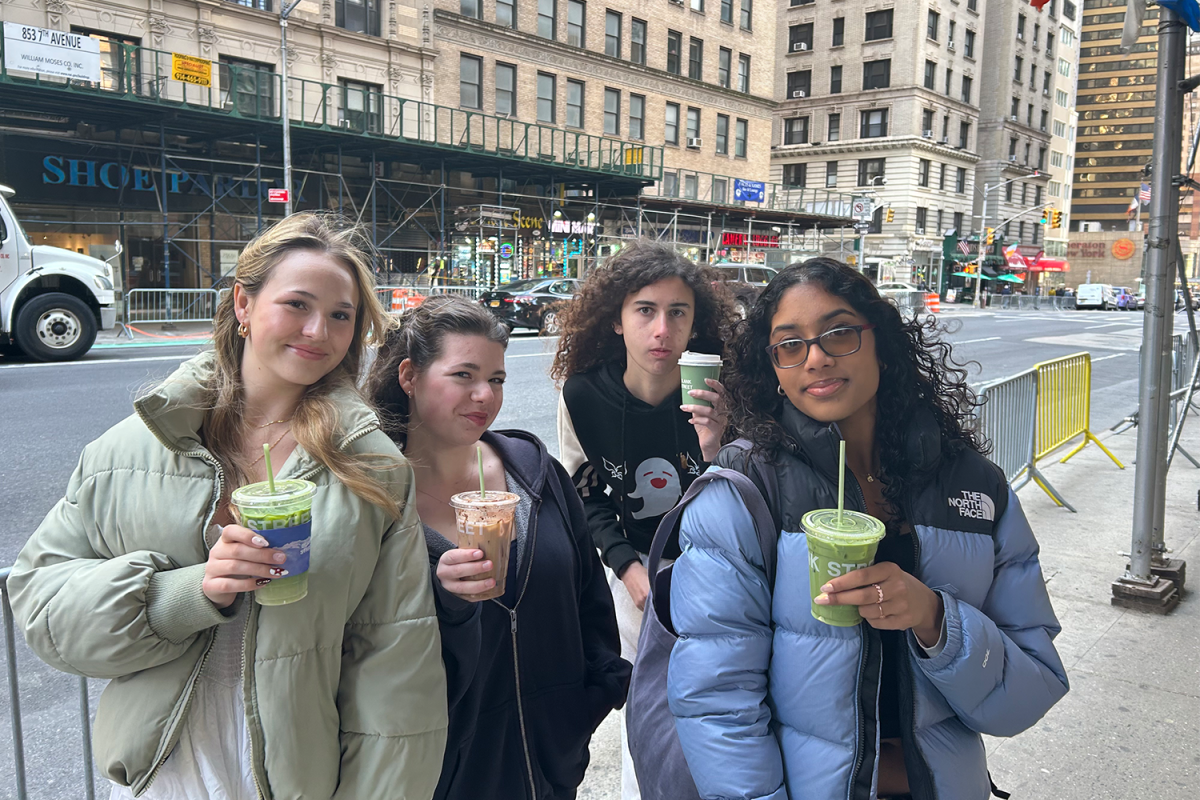Pornography: a taboo topic that prompts disapproving looks and makes for an awkward conversation. However, it’s a more common activity than people may think, with a reported 58% of Americans and the majority of teens aged 13–17 having watched porn at some point in their lives. This vast audience is troubling, but even more alarming is how we, as a society, have become increasingly desensitized to the harmful effects of porn. This billion-dollar industry has sold the idea that pornography is just harmless entertainment, but the truth is that it negatively influences our culture.
When we consume porn, we are exposed to images and depictions of sexual acts that are often violent and degrade or objectify women. This can have a profound impact on our attitudes toward sex and relationships and can lead to a normalization of violence and aggression.
Violent behaviors such as choking, gagging, slapping, and spanking are hallmarks of porn found on mainstream porn sites. Usually, males enact the aggression, while the targets are overwhelmingly female. “Targets most often responded pleasurably or neutrally to the aggression,” according to the National Library of Medicine, meaning that viewers perceive violence as a positive. While everyone has their preferences, the problem is that many people use porn as a form of sexual education, which teaches the lesson that sexual partners ought to enjoy such physical acts. A study of 72 teens aged 15-17 by the Multidisciplinary Digital Publishing Institute found that porn was their number one source of information about sex. This means as young adults watch it, they learn about these sexual tendencies, presume them to be normal, and take this into their own relationships.
This is seen in couples developing higher rates of partner violence in hetero-relationships if male partners frequently use porn. Considering that men are significantly more likely than women to use physical violence, threats, and harassment against their partners, the link between porn use and violence can be seen. This is important because domestic abuse can cause a continuous cycle of violence, as children exposed to domestic violence in their homes have an increased risk of aggressive behavior and substance abuse.
Looking further, men who watch porn regularly are also more likely to report feelings of insecurity, loneliness, and low-self esteem. Many studies tell us that feelings of loneliness can lead to violent actions, and that insecurity can lead directly to intimate partner violence. One of the most shocking studies measured the behavior of 62% of a fraternity population at a Midwestern public university that watched porn. The results showed that those who viewed it have an increased behavioral intent to rape, are less likely to intervene in potential rape situations as a bystander, and are more likely to believe rape myths.
If you need more evidence, look at the link between serial killers and porn addictions. Many prolific serial killers, including Bundy, Dahmer, Richard Ramirez, and John Wayne Gacy professed to porn addiction, and in a study of 36 other serial killers by the FBI, 81% said their biggest sexual interest was in reading porn.
The problem is not just limited to individuals who consume porn, either. The industry itself is rife with abuse and exploitation, with performers often subjected to physical and emotional violence and coercion. Pornography is also connected to sex trafficking, with research showing that frequent sex buyers tended to watch porn more frequently. This creates a toxic and dangerous environment that perpetuates a culture of violence and abuse.
Studying the effects of porn is not always a clear path. Researchers cannot subject testers to watching something that could be harmful, so data mainly come from anonymous surveys and those convicted of a crime. While occasionally watching porn isn’t likely to cause an individual to become a mass murderer, the effects of watching it have still, time and time again, been associated with violent behavior.
Most pornography is legal under federal laws and is protected under the First Amendment. It is ultimately up to you, the consumer, on what you decide to view and not view. But remember, entertainment is not always harmless. With porn more accessible than ever to children and teenagers, and domestic violence increasing worldwide, taking that risk is not worth it.






















